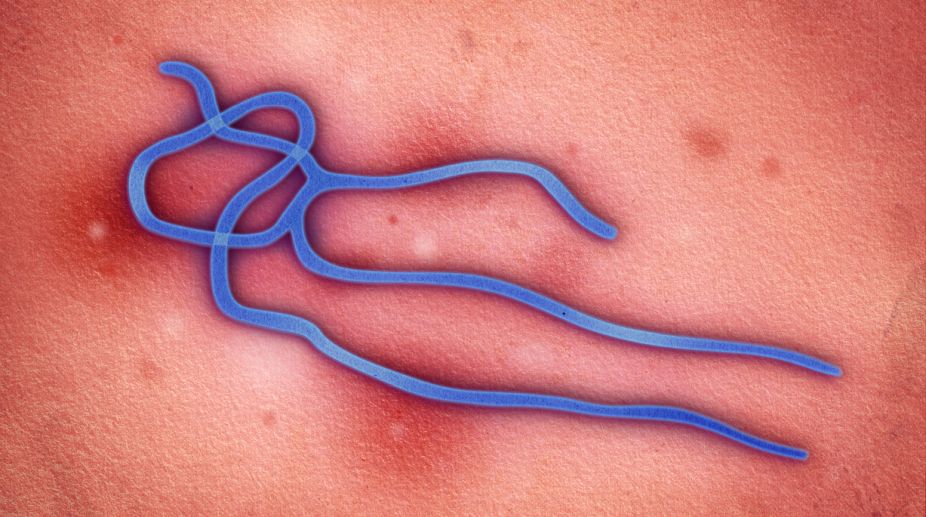Uganda starts Ebola vaccination targeting 25,000 people at risk
Uganda's Ministry of Health has announced the launch of a comprehensive Ebola preventive vaccination campaign targeting 25,000 people at high risk of contracting the deadly disease.

(Photo: Getty images)
Ebola virus infection can be detected in rhesus monkeys that survive the deadly disease and no longer show symptoms, according to a study.
The study by researchers at US Army Medical Research Institute of Infectious Diseases (USAMRIID) sheds light on how the virus persists in certain areas of the body, and holds promise for the development of medical products to counter the disease in humans.
Advertisement
During the 2013-2016 outbreak of Ebola virus disease in Western Africa, Ebola virus persistence in certain “immune privileged” sites – such as the eye, brain, and testes – became a significant concern.
Advertisement
Survivors reported long-term effects such as loss of vision, headaches and joint pain, even after symptoms resolved.
The virus also was shown to persist in seminal fluid and to have been transmitted through sexual intercourse. However, until now, little was known about the mechanisms by which the virus entered these sites and escaped detection.
Xiankun Zeng and colleagues at USAMRIID analysed archived tissues from rhesus monkeys that had previously been infected with Ebola virus to test experimental vaccines and treatments.
“In the animals that showed an acute, or shortened, course of disease, the virus primarily replicated in the blood vessels,” Zeng said.
“In those with a longer disease progression, the virus spread to surrounding tissues in the immune privileged sites. And in the survivors, we could see that the virus had migrated out of the blood vessels and into specific locations within immune privileged sites,” Zeng said.
The team was able to demonstrate persistent Ebola virus replication in the eye, brain and testes of animals that survived the disease and no longer had symptoms.
The survivors consisted of two groups – those that had received medical countermeasures, and those that survived infection with only supportive care.
In the eye, the virus was found in macrophages that contain the protein CD68 in their surface, which could be where the virus “hides,” according to the researchers.
They also showed that Ebola virus persists in the brain by breaking down the blood-brain barrier and causing inflammation.
“This study lays the foundation for developing animal models of persistent Ebola virus infection in humans,” Zeng said.
“What we observed in primates is quite similar to what happened during the outbreakthere were survivors with latent infection, but the virus was not detectable in the blood. This makes it much more difficult to contain the spread of the virus,” said Zeng.
Advertisement